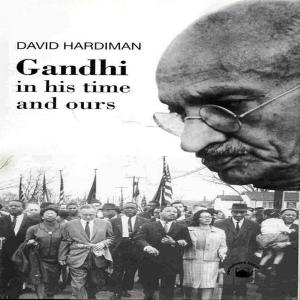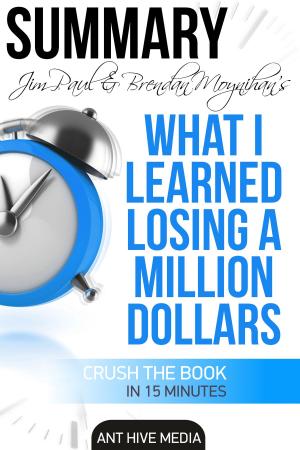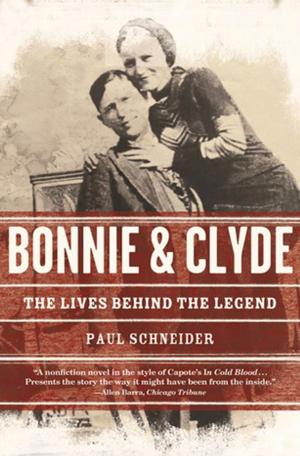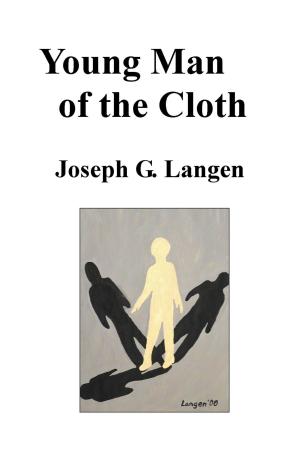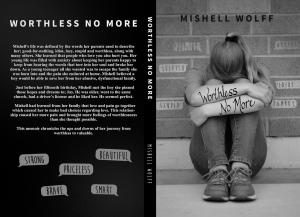| Author: | W. F. Owen | ISBN: | 9781452457772 |
| Publisher: | W. F. Owen | Publication: | July 8, 2010 |
| Imprint: | Smashwords Edition | Language: | English |
| Author: | W. F. Owen |
| ISBN: | 9781452457772 |
| Publisher: | W. F. Owen |
| Publication: | July 8, 2010 |
| Imprint: | Smashwords Edition |
| Language: | English |
Awarded Best Haibun book by the Haiku Society of America in 2008, this expanded second edition offers sixty haibun. A haibun links brief, imagistic and poetic prose with one or more haiku. Traced to Basho’s 17th century travel writings, these English-language haibun involve concrete stories (small events) where the everyday becomes remarkable.Typically, modern haibun are like short stories ending with one haiku. For example:
The Taste of Blood
The last dog we had growing up, a boxer named Bullet, developed the habit of jumping up and laying his paws on the chest of anyone who approached. Licking and slobbering, he only wanted to play, but would knock over small children so we were forced to take him to live in the rural town of my grandparents. There was plenty of open space, rabbits and possums to hunt. When he needed to be chained, he had the shade of the plum trees. On our visits, we would throw the green canning plums for him to chase. He liked to chase. He also sometimes went after the neighbor’s chickens and killed a few. “Once they get the taste of blood, you might as well shoot ‘em,” the man explained. And one day, that’s just what he did.
first fist fight the taste of blood in my mouth
Most of my haibun are autobiographical and sometimes chilling events:
Mumblety-peg
The pocketknife lands in the black Texas mud just beyond his foot. In this game called split, we take turns throwing a knife outside our friend’s position. He stretches a leg out to the knife, pulls it from the ground and takes his throw. The first person to fall while stretching loses. This Yankee kid named Ed stretches out, loses his balance then falls, to the hoots and howls of my buddies. Keeping with tradition, I wipe my blade clean on his clothes. Ed is from New York and talks funny—he calls our knife game “mumblety-peg”— but he has a nice Case pocketknife and turns out to be our high school’s best football player. After a while, we get used to his northern accent.
September sky hearing that a friend was in the first tower
Others are humorous and ironic:
Stomp
As a university undergraduate I had a summer internship at the Juvenile Detention Home in Honolulu. On the first day, I see there is an element of danger. A caseworker has a swollen cheek and black eye from yesterday’s escape attempt. My immediate supervisor, Pete, gives me two bits of advice: Don't turn your back; and keep smiling. I watch him and he does just that. This man in his fifties has a permanent smile. Not a happy-face-sticker smile, but a genuine glad-to-be-alive one. The entire staff has this smile and one odd behavior: In conversations, each uses the “foot stomp,” a slap of the foot nearest to you. Stomp, laugh. Pete introduces me to the superintendent. This small, articulate man has the loudest foot stomp of all. After three months, I file in my notes the hypothesis: Volume of foot stomp increases with status.
end of summer on the storeroom floor flattened cockroaches
They all are quite real stories. I hope you enjoy them.
Awarded Best Haibun book by the Haiku Society of America in 2008, this expanded second edition offers sixty haibun. A haibun links brief, imagistic and poetic prose with one or more haiku. Traced to Basho’s 17th century travel writings, these English-language haibun involve concrete stories (small events) where the everyday becomes remarkable.Typically, modern haibun are like short stories ending with one haiku. For example:
The Taste of Blood
The last dog we had growing up, a boxer named Bullet, developed the habit of jumping up and laying his paws on the chest of anyone who approached. Licking and slobbering, he only wanted to play, but would knock over small children so we were forced to take him to live in the rural town of my grandparents. There was plenty of open space, rabbits and possums to hunt. When he needed to be chained, he had the shade of the plum trees. On our visits, we would throw the green canning plums for him to chase. He liked to chase. He also sometimes went after the neighbor’s chickens and killed a few. “Once they get the taste of blood, you might as well shoot ‘em,” the man explained. And one day, that’s just what he did.
first fist fight the taste of blood in my mouth
Most of my haibun are autobiographical and sometimes chilling events:
Mumblety-peg
The pocketknife lands in the black Texas mud just beyond his foot. In this game called split, we take turns throwing a knife outside our friend’s position. He stretches a leg out to the knife, pulls it from the ground and takes his throw. The first person to fall while stretching loses. This Yankee kid named Ed stretches out, loses his balance then falls, to the hoots and howls of my buddies. Keeping with tradition, I wipe my blade clean on his clothes. Ed is from New York and talks funny—he calls our knife game “mumblety-peg”— but he has a nice Case pocketknife and turns out to be our high school’s best football player. After a while, we get used to his northern accent.
September sky hearing that a friend was in the first tower
Others are humorous and ironic:
Stomp
As a university undergraduate I had a summer internship at the Juvenile Detention Home in Honolulu. On the first day, I see there is an element of danger. A caseworker has a swollen cheek and black eye from yesterday’s escape attempt. My immediate supervisor, Pete, gives me two bits of advice: Don't turn your back; and keep smiling. I watch him and he does just that. This man in his fifties has a permanent smile. Not a happy-face-sticker smile, but a genuine glad-to-be-alive one. The entire staff has this smile and one odd behavior: In conversations, each uses the “foot stomp,” a slap of the foot nearest to you. Stomp, laugh. Pete introduces me to the superintendent. This small, articulate man has the loudest foot stomp of all. After three months, I file in my notes the hypothesis: Volume of foot stomp increases with status.
end of summer on the storeroom floor flattened cockroaches
They all are quite real stories. I hope you enjoy them.

